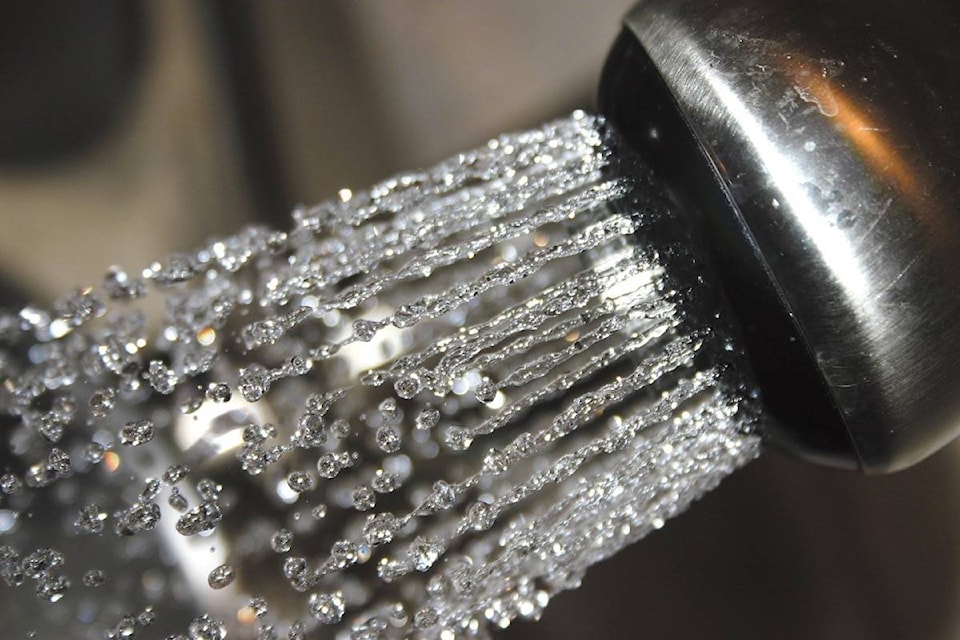Continued warm and dry conditions have prompted the province to elevate the drought rating in the Cowichan Valley, as well as the rest of east Vancouver Island, to Level 4.
As a result, a maximum reduction of water use is recommended and regulatory action may become necessary.
West Vancouver Island remains at Level 3 and will be re-evaluated as conditions deteriorate.
The province is urging all surface water and groundwater users, including residents, industry, farmers and municipalities, to voluntarily reduce water consumption.
If voluntary reductions of water use are not sufficient to maintain flows above critical levels, the province may consider regulating water usage under the Water Sustainability Act.
Specific actions could include the temporary suspension of water licences or short-term water approvals to restore flows to minimum critical levels in the impacted streams.
A number of streams on Vancouver Island are at or near record-low flows for this time of the year.
These include, but are not limited to, the Koksilah, Chemainus, San Juan and Salmon rivers.
Recent precipitation has been insufficient to halt the downward trend on all of the east Vancouver Island streams.
Maximum water conservation is encouraged in these and other low-flow watersheds.
Staff from the Ministry of Forests, Lands, Natural Resource Operations and Rural Development will continue to monitor river levels, and angling closures may go into effect if the warm temperatures continue to negatively impact stream flows and water supplies.
Water users on all streams are reminded to ensure that water intakes are screened to Fisheries and Oceans Canada standards to prevent fish from being pulled into water systems as water levels drop.
Local municipal water conservation bylaws may differ from provincial water conservation targets due to local water supply and demand, and the availability of storage (lakes and reservoirs) or groundwater.
Residential, agricultural and industrial water users who are located within municipalities and regional districts are encouraged to observe local water conservation bylaws where they exist.
Some water conservation tips for residents include limiting outdoor watering, not water during the heat of the day or when it is windy, taking shorter showers and installing water-efficient shower heads, taps and toilets.
